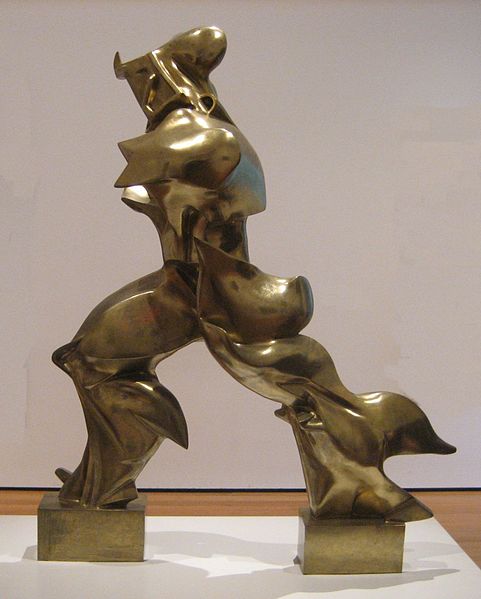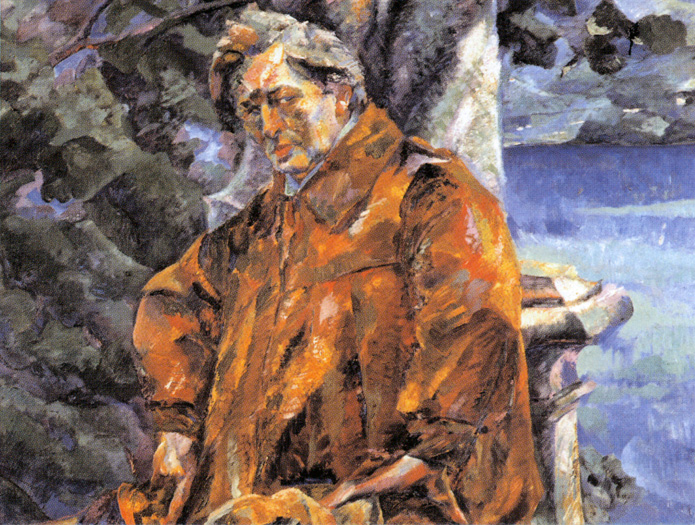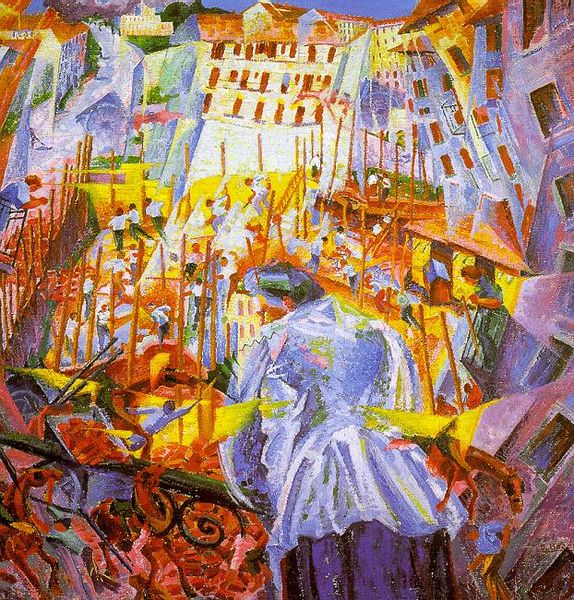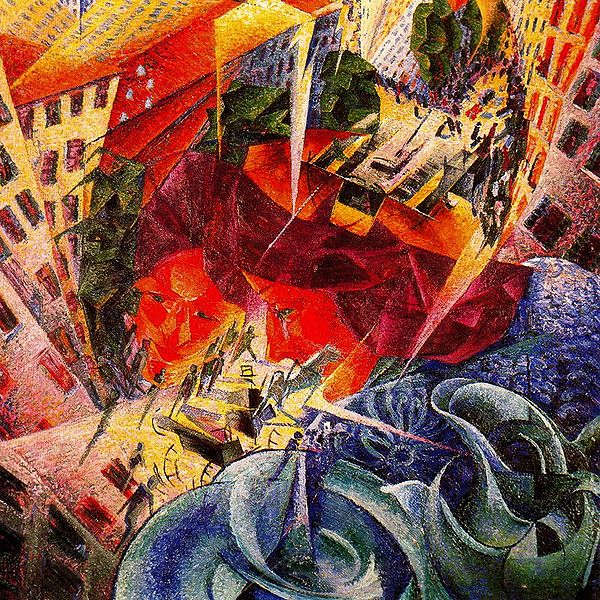<Back to Index>
- Painter and Sculptor Umberto Boccioni, 1882
PAGE SPONSOR
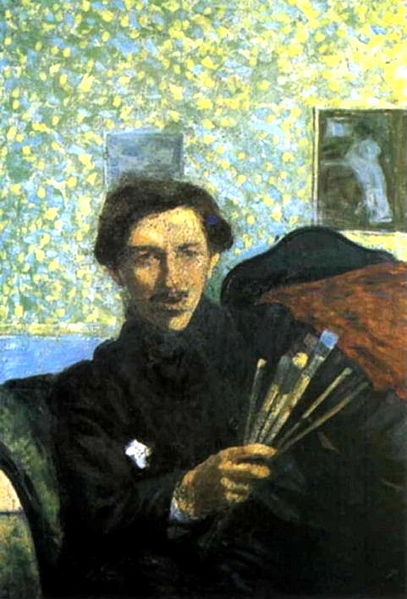
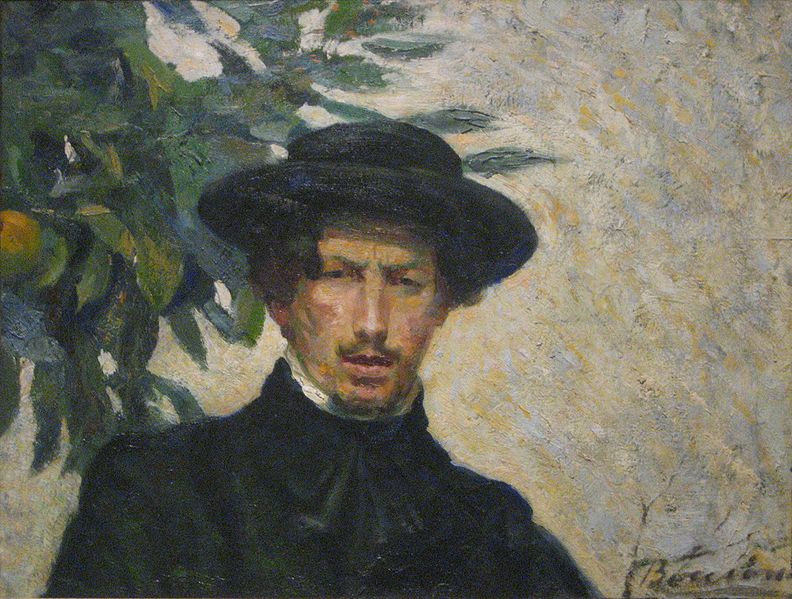
Umberto Boccioni (19 October 1882 – 17 August 1916) was an Italian painter and sculptor. Like other Futurists, his work centered on the portrayal of movement (dynamism), speed, and technology. He was born in Reggio Calabria, Italy.
A native of Reggio Calabria, Boccioni studied art through the Scuola Libera del Nudo at the Accademia di Belle Arti in Rome, beginning in 1901. He also studied design with a sign painter in Rome. Together with his friend Gino Severini, he became a student of Giacomo Balla, a divisionist painter. In 1906, Boccioni studied Impressionist and Post - Impressionist styles in Paris. During the late 1906 and early 1907, he shortly took drawing classes at the Accademia di Belle Arti in Venice. In 1901, Boccioni first visited the Famiglia Artistica, a society for artists in Milan. After moving there in 1907, he became acquainted with fellow Futurists, including the famous poet Filippo Tommaso Marinetti. The two artists would later join with others in writing manifestos on Futurism.
Boccioni became the main theorist of the artistic movement. He also decided to be a sculptor after he visited various studios in Paris, in 1912, among which those of Braque, Archipenko, Brancusi, Raymond Duchamp - Villon and, probably, Medardo Rosso. While in 1912 he exhibited some paintings together with other Italian futurists at the Bernheim - Jeune, in 1913 he returned to show his sculptures at the Gallerie La Boetie: all related to the elaboration of what Boccioni had seen in Paris, they, in turn, probably influenced the cubist sculptors, especially Duchamp - Villon.
In 1914, he published Pittura e scultura futuriste (dinamismo plastico) explaining the aesthetics of the group: “While the impressionists make a table to give one particular moment and subordinate the life of the table to its resemblance to this moment, we synthesize every moment (time, place, form, color - tone) and thus build the table.” He exhibited in London, together with the group, in 1912 (Sackville Gallery) and 1914 (Doré Gallery): the two exhibitions made a deep impression on a number of young English artists, in particular C.R.W. Nevinson, who joined the movement: others aligned themselves instead to its British equivalent, Vorticism, led by Wyndham Lewis.
Mobilized
in the declaration of war, Boccioni was assigned to an artillery
regiment at Sorte, near Verona. On 16 August 1916, Boccioni was thrown
from his horse during a cavalry training exercise and was trampled. He
died the following day, age thirty - three.
